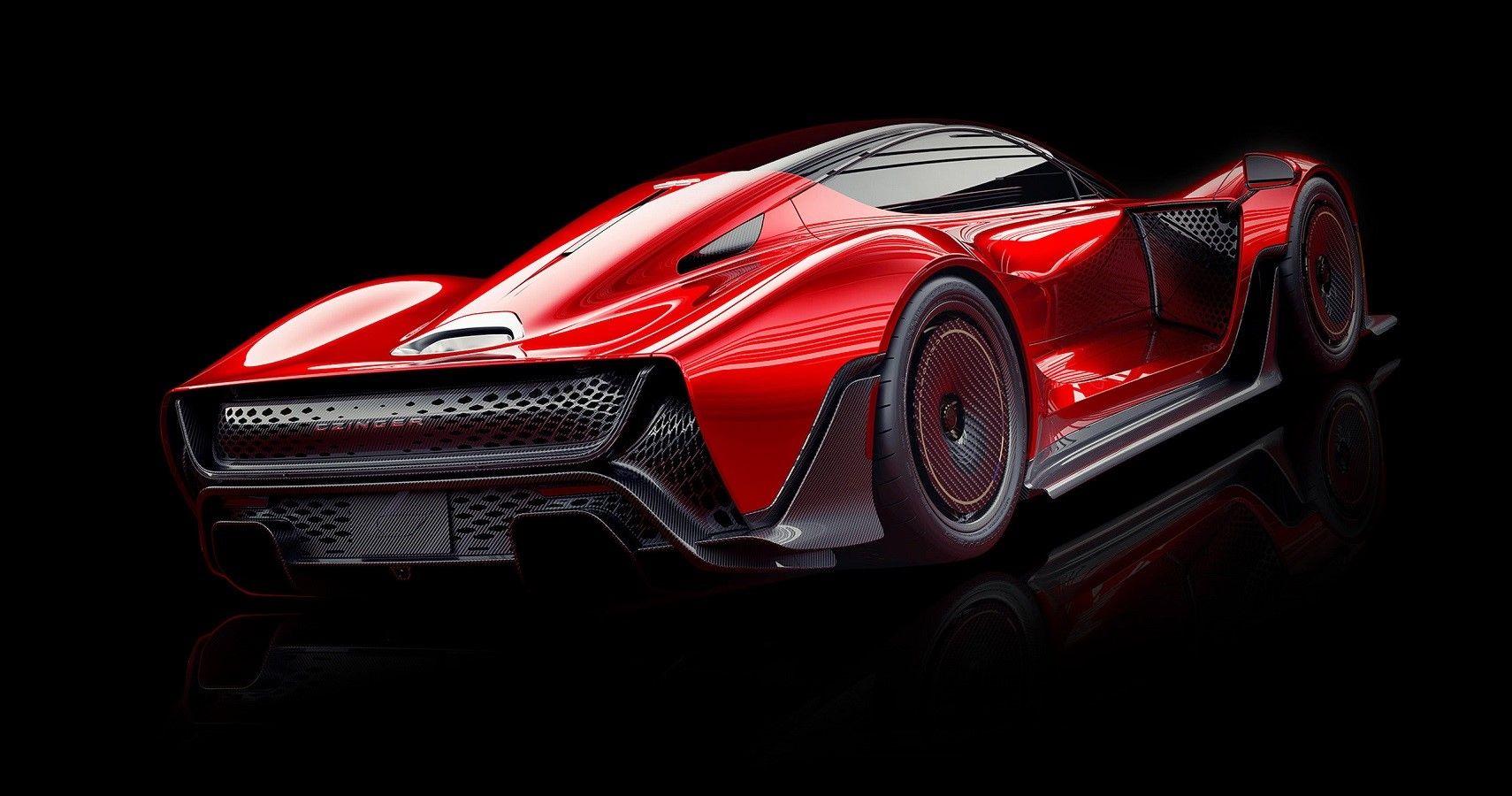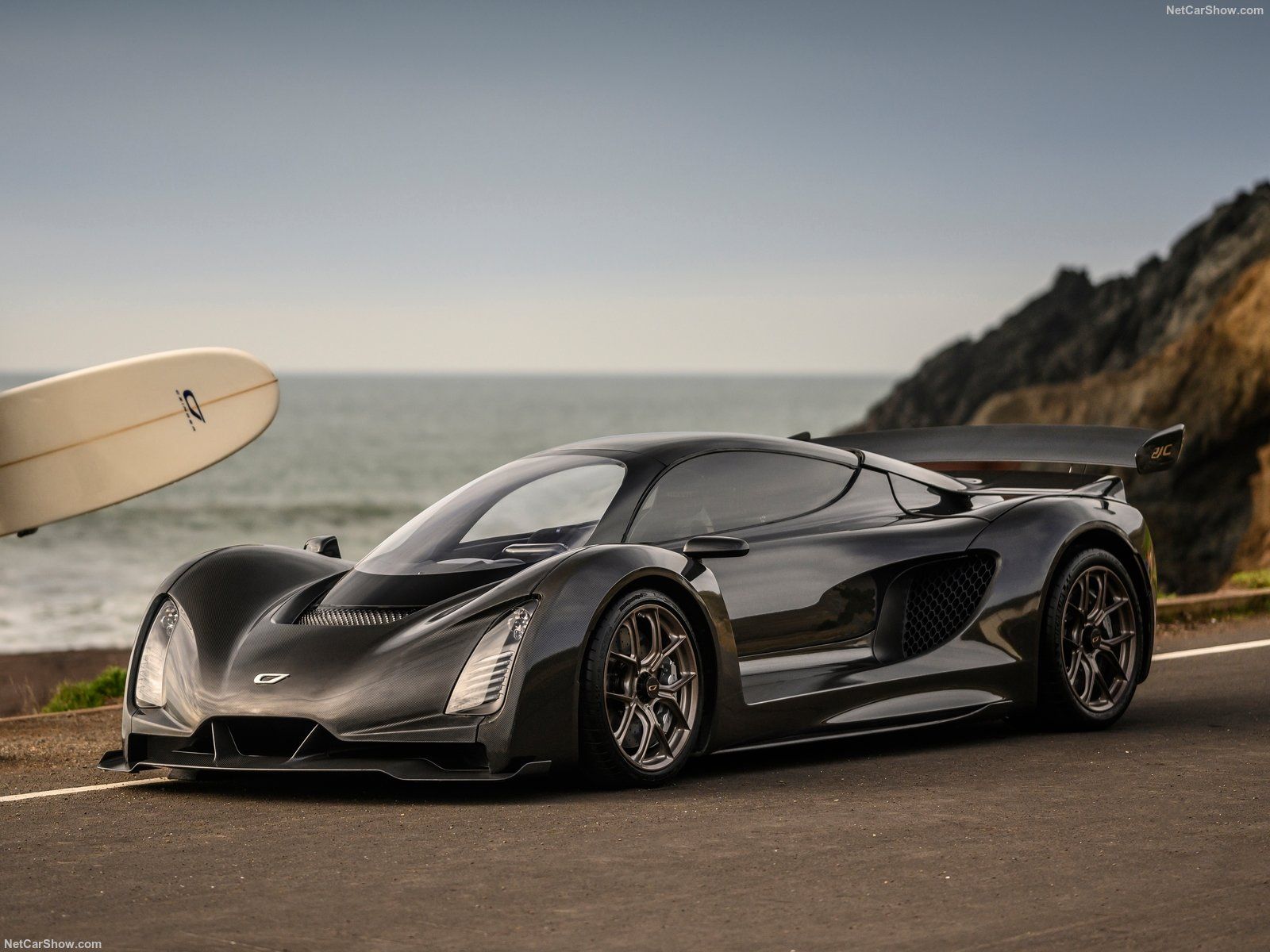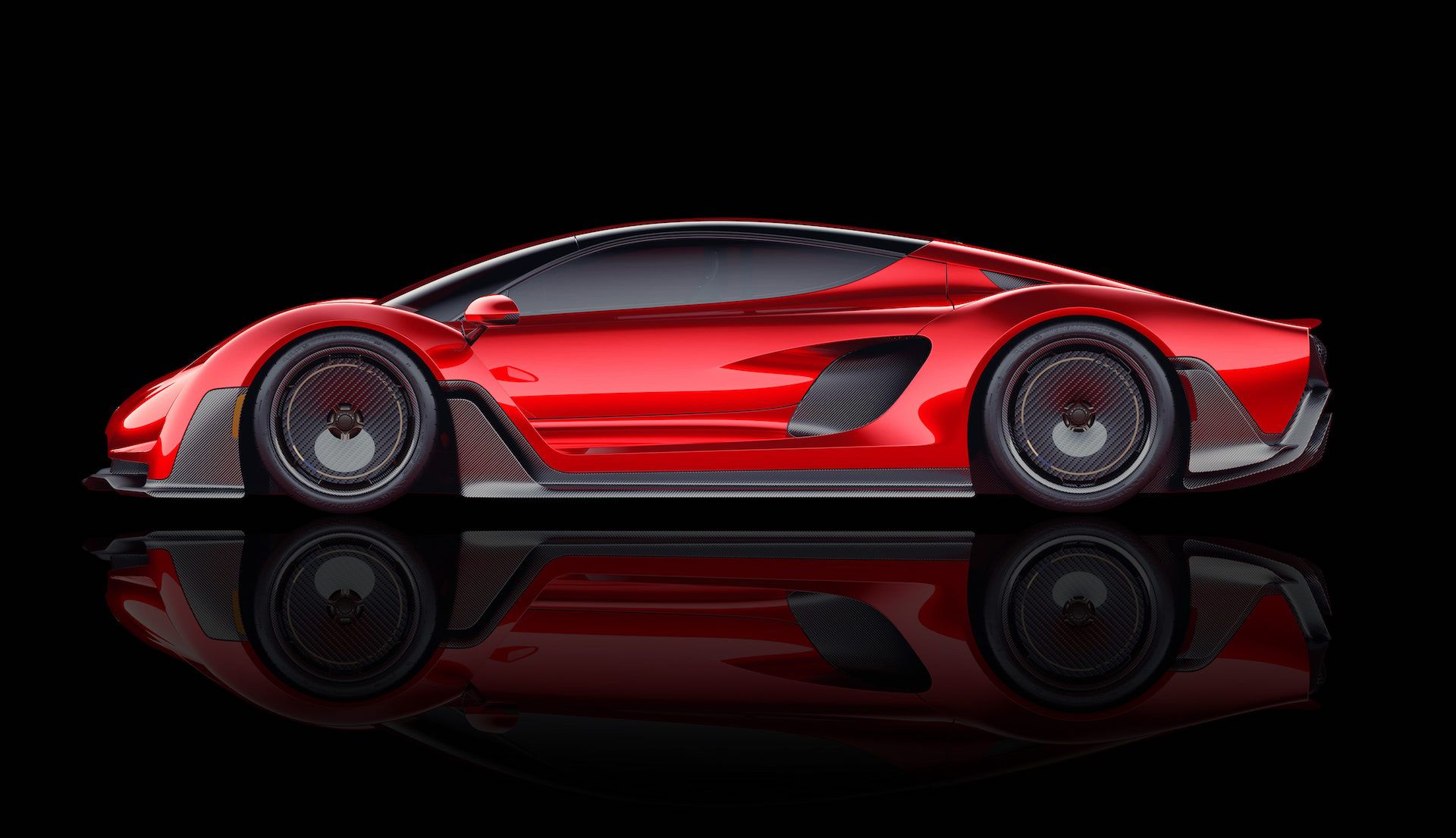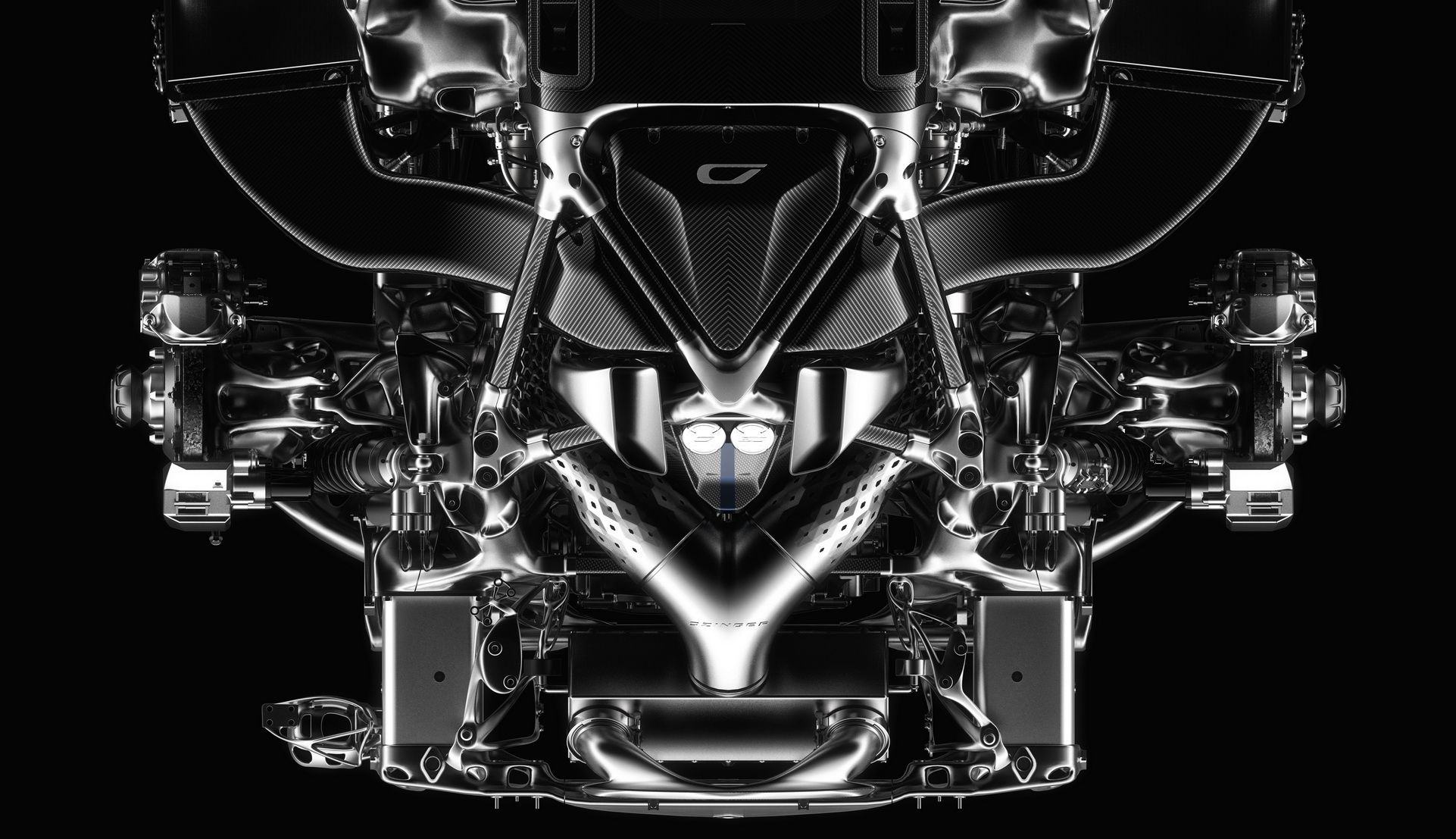3D printing is not a new technology, but it’s one that is showing no signs of dying down, despite its relative cost and niche nature.
You can not only make jewelry and ornaments but also buildings, food and even cars using different types of 3D printers.
Czinger, the American supercar maker already knows this and fuses it with the awesome power of AI to push boundaries further than ever before.
The Czinger 21 C is the company’s first foray into hypercar production, but they also recently announced the streamlined 21 C V Max – an even more refined version of the first car with a focus on altering aerodynamics to improve acceleration and top speed over dynamic track performance.
We look at the car and its innovative methods from conception to construction.
The New Czinger 21 C Hypercar: Made By Computers For Humans
Czinger’s 21 C hypercar, a hybrid monster capable of competing with the very best of the best got announced around 2 years ago although is yet to get delivered to customers.
It’s a 1250 hp, twin-turbocharged 2.9-liter V8-powered car with electric motors to send power to the front and rear while the engine powers the rears, creating all-wheel-drive in the process.
In addition, it weighs around 2750 lbs, and has an AI assisted design that means it boasts superior aerodynamics and performance.
A large part of the construction is via 3D printing and one of the goals of the company is to break records, both performance ones and sustainability ones.
3D printers use a nozzle that can move horizontally as well as vertically in three dimensions to lay down a series of layers with high accuracy, culminating in a near infinite level of possibility for crafting anything you want, from nearly any material, including food, organic matter, building materials and anything you can imagine.
For Czinger, in order to smash high speed and acceleration records, as well as widen their portfolio, the American niche automaker decided to also produce a low drag variant called the 21 C V Max.
The Fastest Car In The World In Theory: The Czinger 21 C V Max
During Monterey Car Week this August there was a surprise in store at The Quail, A Motorsports Gathering, where Czinger revealed the 21 C V Max to the world in all of its low-drag splendor.
Looking similar to the McLaren Speedtail, another 250 mph-capable car – this 253 mph, wingless version of the standard Czinger 21 C got designed with performance stats in mind.
It’s still a road-legal car, but eschews the rear wing and other aerodynamics for a sleek body; despite this, its top speed will still be around 253 mph like its sibling.
The quarter mile should be possible in around 8 seconds according to the company and 60 mph in less than 2 seconds, so it really is a hybrid hypercar capable of taking on the best of the best.
Czinger says: “The design team has removed high downforce fixed aero devices in favor of a slippery smooth body design that enables incredible acceleration, top speed, and timeless elegance”.
3D Printing And AI Combine With The Desire To Make The Fastest Hybrid Hypercar
Czinger wants to lead the way in classic hypercar metrics such as 0-60 mph, 0-250-0 mph and the quarter mile while proving that an all American, in house-designed and 3D printed car with a bespoke V8 hybrid powertrain can conquer the best cars from established marques such as McLaren, Mercedes-Benz and Koenigsegg.
They go on to say in the press release on the Czinger website that “The design team has removed high downforce fixed aero devices in favor of a slippery smooth body design that enables incredible acceleration, top speed, and timeless elegance”.
It’s a 1+1 inline seat layout inside too, inspired by the SR-71 fighter jet, and it’s already proven itself on the Laguna Seca Raceway in the US where it was comfortably faster round the track than a McLaren Senna.
All of this goes to prove so far that the $2 million hypercar from a relatively-unknown startup is capable of combining innovative tech like 3D printing with superior AI design to push boundaries further than before.
Hybrid Engines Are Not Dying Out, For Now At Least
With all the focus on pure EVs and hypercars such as the Pininfarina Battista, Lotus Evija, Rimac C-Two, NIO EP9 and more, hybrids might appear to be an aging, limited propulsion system starting with the Toyota Prius around the end of the 20th century and losing steam in the gasoline-unfriendly era of the 2020s.
But, performance cars like the Czinger 21 C V Max and others like the Porsche 918 show that there is more potential to come from the combination of electric motors and efficient gas engines.
With less weight and fewer batteries compared to a fully-electric powertrain, hybrids are perhaps cheaper, more sustainable and make for a better solution to bridge the gap; until battery capacity, construction, and recycling become more advanced.
The fact that 3D printers - some of which you can buy cheaply to make items at home – are being leveraged for use in hypercars means that sustainability might be improving even as the Czinger company holds on to the combustion engine; and pushes those figures to the max, of course.





